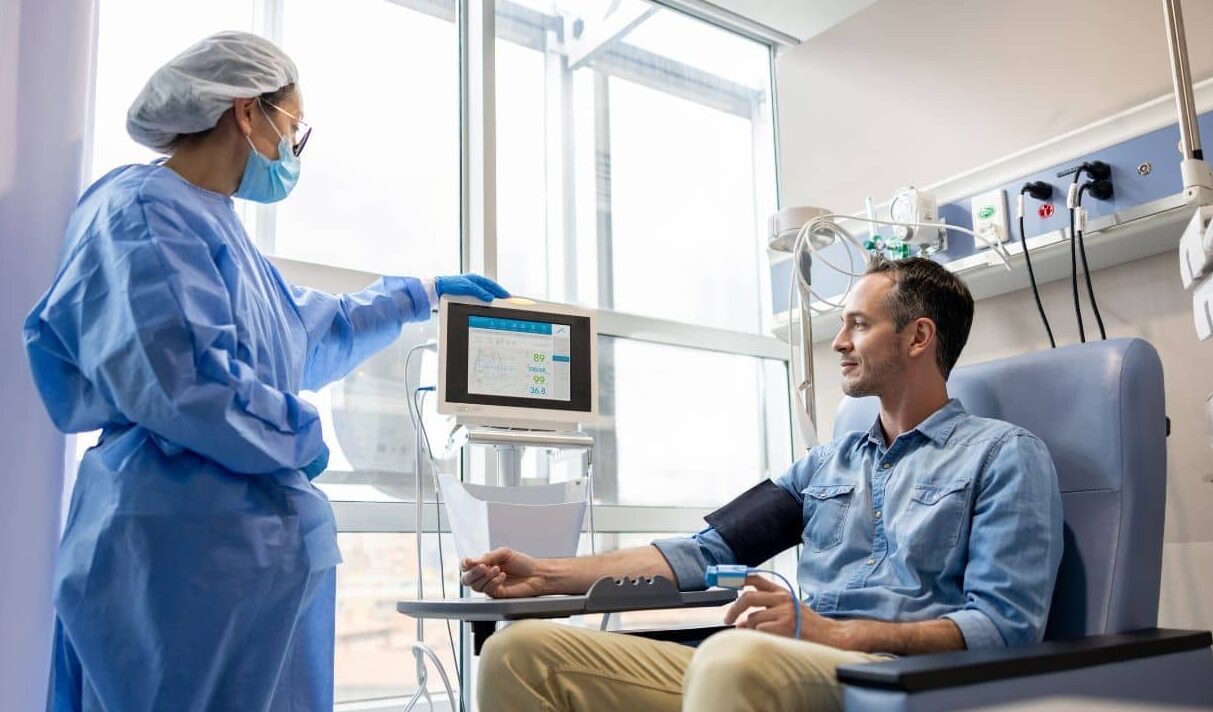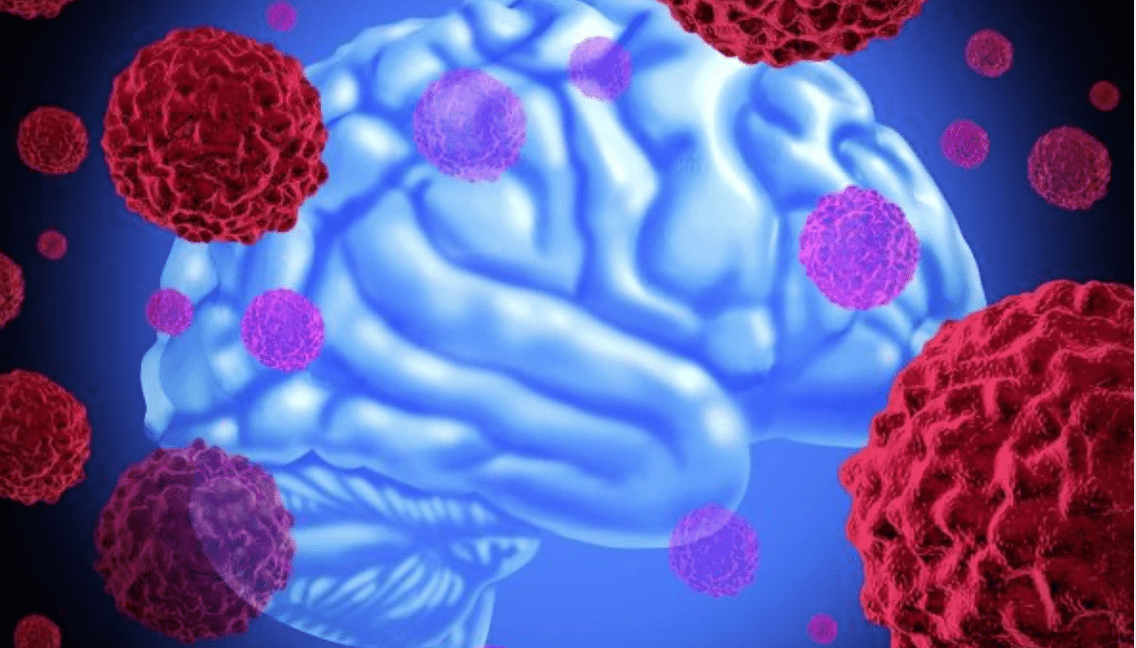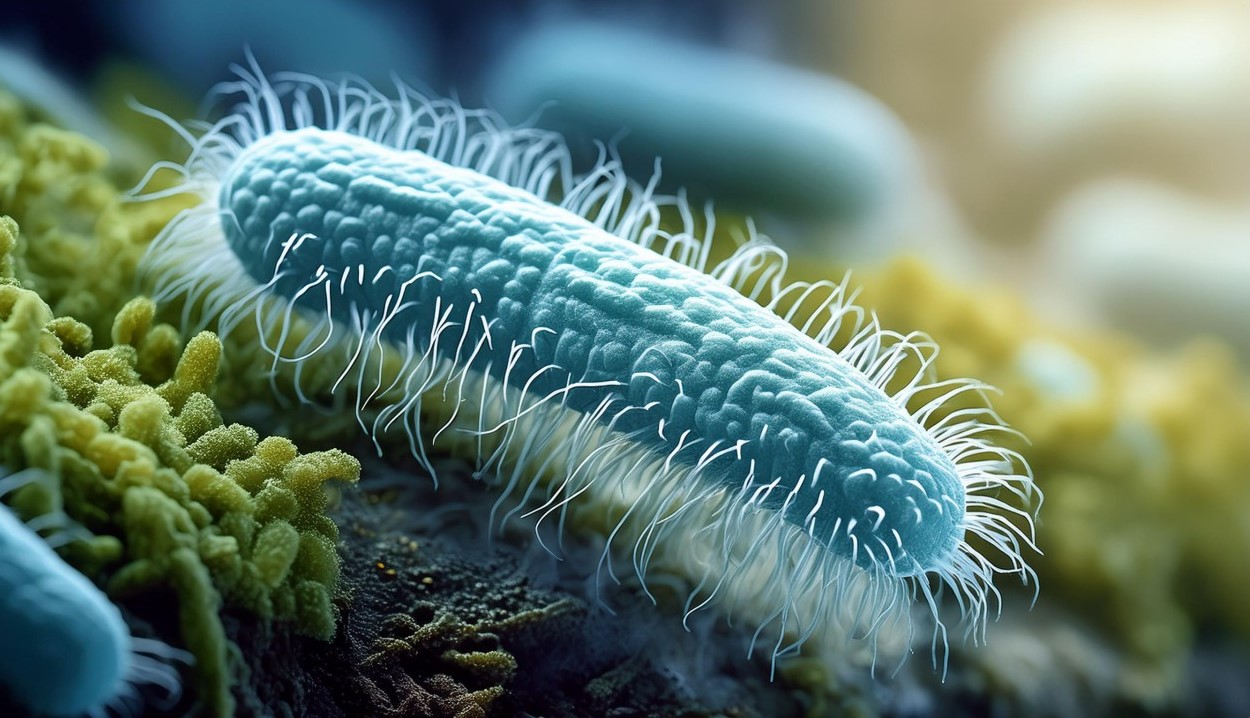-
 News
When glucose levels are low, chemotherapy ceases to affect cancer cells
News
When glucose levels are low, chemotherapy ceases to affect cancer cells
-
 News
Excessive treatment of prostate cancer in older men may reduce quality of life without increasing its duration
News
Excessive treatment of prostate cancer in older men may reduce quality of life without increasing its duration
-
 News
Brain cancer can be cured by viruses
News
Brain cancer can be cured by viruses
-
 News
Ways to reduce lymphatic pain in breast cancer have been found
News
Ways to reduce lymphatic pain in breast cancer have been found
-
 News
Scientists have turned bacteria into a powerful weapon against cancer
News
Scientists have turned bacteria into a powerful weapon against cancer
All news
Neuroblastoma treatment
Neuroblastoma is a malignant undifferentiated tumor from the embryonic structures of the nervous tissue. In 99% of cases, it occurs before the age of 15, and in 90% of cases before the age of 5, however, in rare cases, this tumor can occur at any age. There are no gender differences in morbidity.
The course of neuroblastoma passes in one of 4 ways:
- Independent differentiation and transformation into a benign tumor of ganglioneuroma,
- Spontaneous regression and disappearance without treatment,
- Aggressive course and rapid growth of metastases,
- Moderate course with gradual progression
it is impossible to predict which path the development of the tumor will take in a particular case in advance.
Neuroblastoma usually occurs in the abdominal cavity and retroperitoneal space, most often in the adrenal glands. Less often in the mediastinum and neck.
MedTour patients recommend clinics for the treatment of neuroblastoma:
Doctors for the treatment of neuroblastoma
Frequently Asked Questions
Symptoms can be divided into 3 groups depending on where the neuroblastoma occurred
In the abdominal cavity:
- Pain is the most common symptom,
- A formation in the abdominal cavity that can be felt,
- Temperature rise,
- Edema,
- Weight loss.
In the neck and mediastinum:
- Voice change,
- Cough,
- Shortness of breath,
- With compression of the spinal cord, a characteristic symptom of glasses may appear — with diffuse,
- Impregnation of the subcutaneous tissue of the eyelids with blood and the appearance of dark-colored edema,
Near the eyes, - Gorne`s syndrome-when the eyeball sinks and the pupil is reduced on one side,
- Ecchymosis of the eyelid — in simple words, bruises on the eyelids,
- Opsoclonus syndrome-ataxia myoclonus aka dancing eyes syndrome-manifests itself as a disorderly,
- Chaotic movement of the eyeballs and limbs, is rare,
- Children under one year old may have regurgitation.
In the bone marrow:
- Anemia,
- Bleeding,
- Bruises on the skin,
- Long wound healing.
There are also common symptoms:
- Liver enlargement in liver metastases,
- The appearance of cyanotic nodules under the skin when skin metastases occur,
- Severe pain with bone metastases,
- Hypertension or persistent diarrhea if neuroblastoma secretes catecholamines.
- Determination of neuroblastoma-specific markers in the blood — catecholamines and their breakdown products (dopamine, vinylylmindalic acid, homovanilic acid) and neurospecific enolase — aka NSE.
- Determination of MYCN gene mutations-extremely important for understanding the severity of the disease and prognosis.
- Determination of ALK mutations-an additional prognostic factor.
- On the one hand, it is the second most common tumor in children under 15 years of age after brain tumors.On the other hand, the incidence is 1 case per 100,000 children.
With proper treatment, the probability of survival at stage I and II is 90%, at later stages about 50%. Unfortunately, it is not known what the statistics are on the territory of the CIS, since they are not kept due to the small number of cases and the lack of specialized centers. - Technological capabilities. Children require the most sparing radiation therapy, such as MIBG, which is not available in the domestic space. Also, if the neuroblastoma is located close to the spinal cord or brain, its removal without implidization or serious risks for the patient without the da Vinci robot is impossible.
- If you need a bone marrow transplant, this is an important argument in favor of treatment abroad, since the success rate of transplants in Europe and Israel is ten times higher.
What does neuroblastoma look like?
Neuroblastoma metastases look like cyanotic nodules under the skin, neuroblastoma of the neck and mediastinum manifests itself as a thickening of the neck and an increase in the volume of the chest and back.
In retroperitoneal neuroblastoma, the abdominal cavity increases in size, and sometimes a tumor is felt.
What are the standards for the diagnosis of neuroblastoma abroad?
- Ultrasound is a primary diagnostic method, but it allows you to suspect neuroblastoma and make a differential diagnosis with Wilms`s tumor, pheochromocytoma and other rare tumors,
- Then a biopsy is performed, which can be performed abroad with a minimally invasive (laparoscopic or thoracoscopic method), after which the material taken is examined under a microscope,
- In addition, a genetic study is required for amplification of the MYCN gene, deletion of chromosome 1p and mutation of the ALK gene-this determines the prognosis,
- MRI of 3 zones (chest, abdomen and pelvis) with intravenous contrast-in adult patients can be replaced by CT,
- If the process in the bones is suspected, scintigraphy or a method completely unavailable in our countries — scintigraphy with MIBG.
What are the international approaches to the treatment of neuroblastoma
Neuroblastoma is assessed according to the international classification INRG-International Neuroblastoma Risk Group Staging System. According to this classification, the tumor can have stages L1, L2, M, MS, for each of which a different standard of treatment is approved.
Standard of care for the low-risk group:
As a rule, in this case, treatment is limited to surgery. Chemotherapy is carried out only if there has been a progression after the disease.
Standard of treatment for the medium-risk group:
In this case, the operation is performed first, and after 6 blocks of intensive-induction chemotherapy and 4 more blocks of less intensive-the so-called maintenance chemotherapy.
Drugs for induction chemotherapy are doxorubicin, vincristine, and cyclophosphamide, or carboplatatin, etoposide, and vindezine. Cyclophosphamide is used at the stage of maintenance chemotherapy and, possibly, in the form of tablets.
If a relapse occurs after such treatment, then patients over 18 months are prescribed radiation therapy at a dosage of 36 to 40 Gy in parallel with maintenance chemotherapy.
Standard of treatment for high-risk groups:
First, the operation is performed, then 5 months of intensive chemotherapy, then a second operation can be performed if the neuroblastoma could not be completely removed during the intervention. After that, high-dose chemotherapy is again performed and immediately after it, a bone marrow transplant is performed.
After that, the tumor bed is irradiated and immunotherapy with monoclonal antibodies dinutuximab-beta is performed. According to the indications, some patients also receive MIBG therapy and radiation therapy with a radiation dose of up to 36 Gy.
Where is neuroblastoma treated abroad?
The value of the clinic for the treatment of neuroblastoma is determined by the qualification of surgeons and the possibilities for bone marrow transplantation. Israel is the leader in this area — Shiba, Assuta and Ichilov clinics have the best survival rates in the world, along with clinics in the United States and Switzerland. These clinics also have no competitors if the operation requires plastic surgery of nerves or blood vessels.
Also popular in this regard is Turkey-the cost of treatment there is much cheaper than in Israel, and the quality is equal to the European one. Germany, Austria and Spain also provide high-quality medical care, however, there are certain legislative difficulties in organizing the treatment of children in these countries.
Published:
Updated:


Information on this webpage verified by the medical expert








